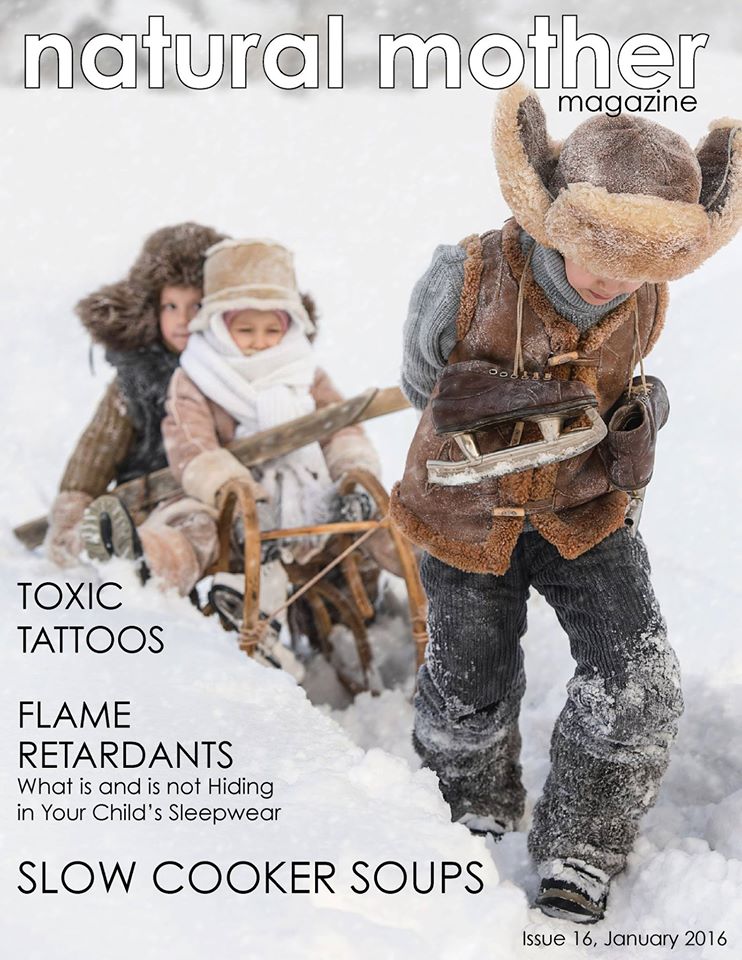In my earliest days of deciding to homeschool, with just a two-year-old and her infant brother, I spent a good deal of time talking to and reading about other homeschoolers. Certain common themes began to emerge from these conversations: children who retained their natural curiosity and zest for learning well into adolescence and beyond; abundant opportunities to allow children to develop and pursue their own interests and reveal their true gifts; a slower pace to learning and living in an otherwise super-charged childhood. But the theme that really stood out for me, as I watched and read, was the strength of family togetherness and sibling attachment.
Venturing to local homeschool park days in those early days of homeschooling, I would see older siblings happily including their younger brothers and sisters in their play. I would see natural, multi-age play among all of the homeschoolers in the park, and a broad imagination as the group would conjure elaborate play scenes of pirates and princesses.
I began to wonder what it is about homeschooling that fosters this natural, multi-age, imaginative play. As my children and I have grown throughout our homeschooling journey, I now see first-hand how it happens: many homeschooled children are with their brothers and sisters of different ages most of the time. This constancy requires them to work out their disagreements themselves to continue their play, and causes them to see multi-age play as not only enjoyable but expected. They learn to help each other, to watch out for each other, to guide and follow. They learn to include and rely on each other for the benefit of their play, and this behavior carries over into the classroom and playground as they interact with other children of different ages and abilities.
It also seems to me that, while sibling spats certainly occur, they are more muted and less long-lasting. Homeschooled siblings learn quickly to solve disagreements and restore affections if they want to continue their play, and there is less vying for mom's or dad's attention because we are so often together. As they learn and play together so frequently, sibling affections for each other grow deeply. I see this strong sibling attachment in my own four children and in that of our homeschooling friends, and it is one of the greatest rewards, I think, of homeschooling.
We talk a lot about the importance of family, and center our lives around each other, recognizing that a strong, attached family is the linchpin for meaningful child development. It's only natural, then, that what we value most--family attachment--is reflected in our children's play and in their interactions with each other. And yet, just as the Attachment Parenting philosophy maintains that close parent-child bonds lead to greater childhood independence, confidence and adaptability, I find that strong sibling bonds lead to greater independence, confidence and adaptability as the children forge their own distinct paths and interact with others in the community.
FOSTERING SIBLING ATTACHMENT
- Position family as the centerpiece of a child's life, prioritizing family relationships above all others.
- Become actively engaged in activities together with your children as a cohesive family unit, modeling family togetherness and positive interactions.
- Ensure that siblings spend more of their time together than apart each week, engaged in meaningful, open-ended play and natural conflict resolution.
























Oh I love this! This is so very true! I often hear other parents complaining about sibling battles and animosity and I just want to say to them it's because the kids spend most of their days away from each other so their siblings are like strangers!!
ReplyDelete